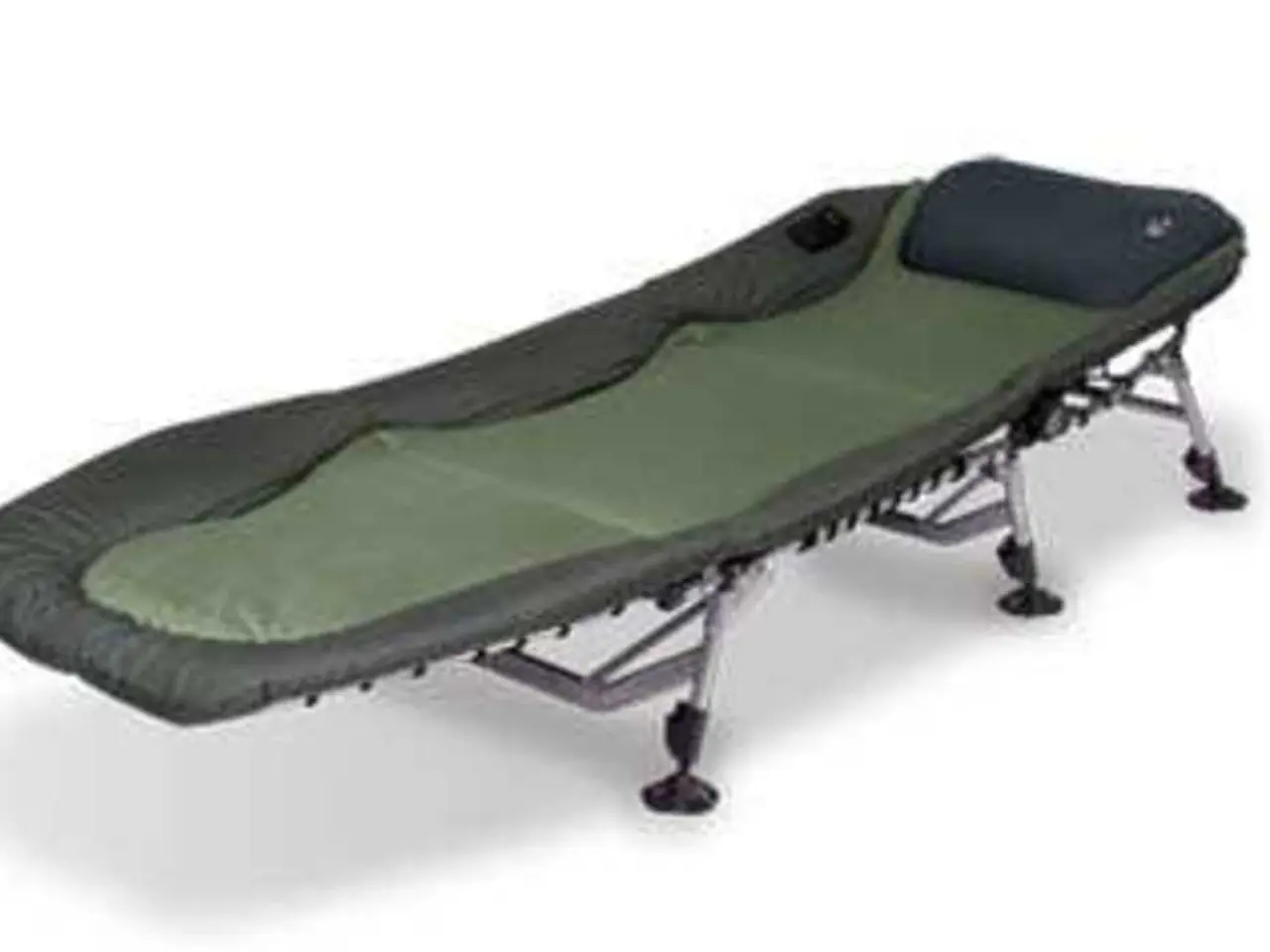Guided Flexibility Exercises: Understanding Their Nature and Performing Them Properly
Active stretching, a form of exercise that involves reciprocal inhibition, can bring numerous advantages to your fitness routine. By using your own muscles to provide resistance, active stretching helps improve flexibility, enhance muscle strength and control, increase blood flow, and boost joint mobility. This type of stretching can also reduce injury risk, prepare the body for physical activity, and promote proper posture.
To perform active stretches effectively, it's essential to engage the muscle to be stretched actively, rather than relying on external forces. Examples of active stretching include stretching the hamstrings, triceps, and calf muscles. Techniques such as leg swings, arm circles, walking lunges, and high knees can be used to move through a full range of motion, with good posture and control.
Before starting an active stretching routine, it's advisable to warm up with light aerobic activity for 5-10 minutes to increase blood flow. Maintaining proper form during movements is crucial, keeping your spine aligned, engaging your core muscles, and avoiding bouncing or jerky motions. Each pose should be held for about 15 seconds, and the stretch should be performed deliberately, breathing deeply and focusing on muscle engagement without causing pain.
Sticking to a consistent stretching routine, stretching major muscle groups at least three times a week, can help improve posture by strengthening muscles and promoting proper alignment. Progress control is also important, as active stretching requires strength. Progress gradually, avoiding overstretching, to transform passive flexibility into active flexibility, reducing injury risk by building strength in vulnerable positions.
Active stretching can be done anytime, anywhere, as it doesn't require a partner or any equipment. In fact, active stretching can fit into your lifestyle, such as stretching while sitting at your desk or during a break in your daily activities. Engaging in yoga also involves active stretching by holding certain poses for a few seconds at a time.
It's important to remember that active stretching should not push your body past its natural range of motion. Active stretching has a low likelihood of injury as your body won't allow or force you to go beyond a point that you can't handle.
In conclusion, active stretching combines controlled muscle engagement with mobility through movement, effectively preparing muscles and joints for activity while promoting safe and functional range of motion. By incorporating active stretching into your fitness routine, you can improve flexibility, maintain muscle and joint health, and reduce the risk of injuries as you age.
Regularly practicing active stretching can contribute to enhancing muscle and joint health, promoting a healthy lifestyle and reducing the risk of injuries in the future. By establishing a routine that includes active stretches for major muscle groups at least three times a week, one can achieve active flexibility, boosting overall fitness-and-exercise performance and well-being in health-and-wellness.







